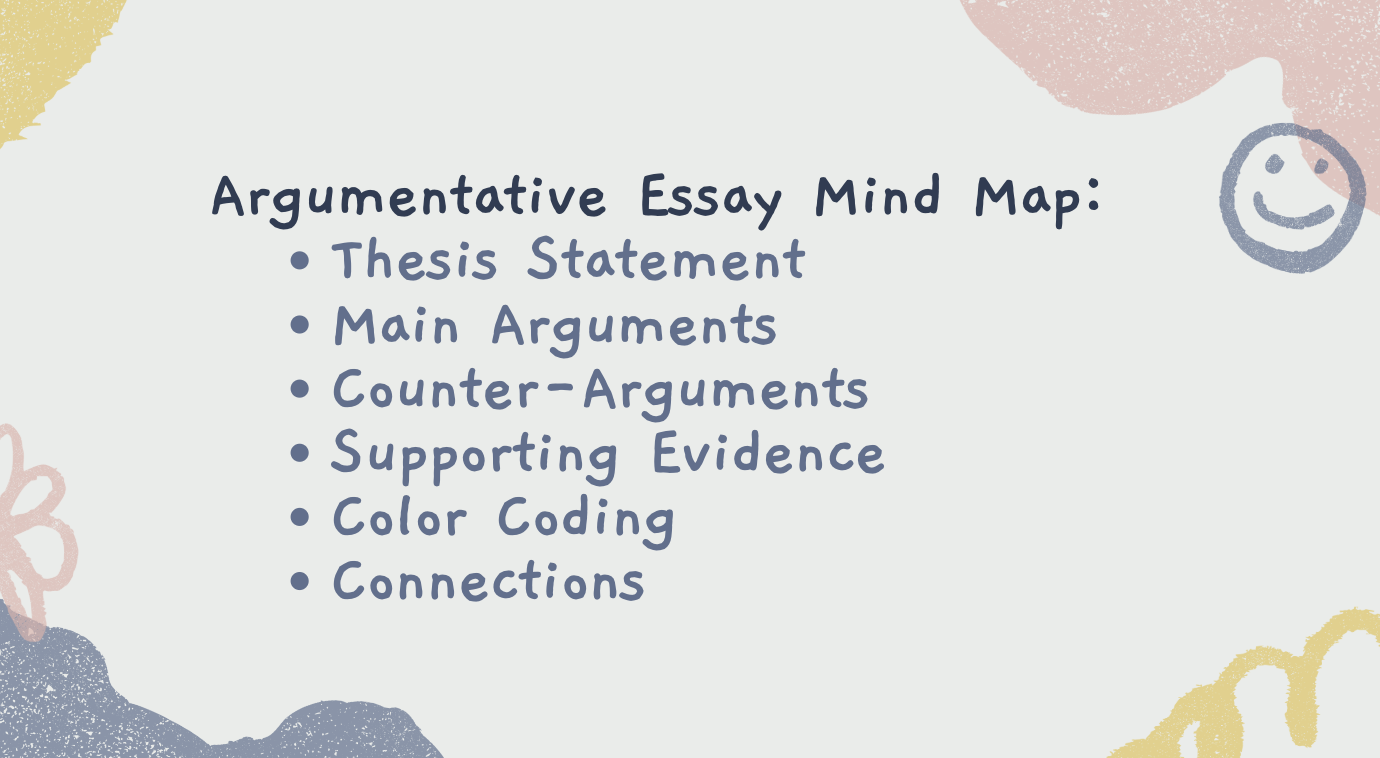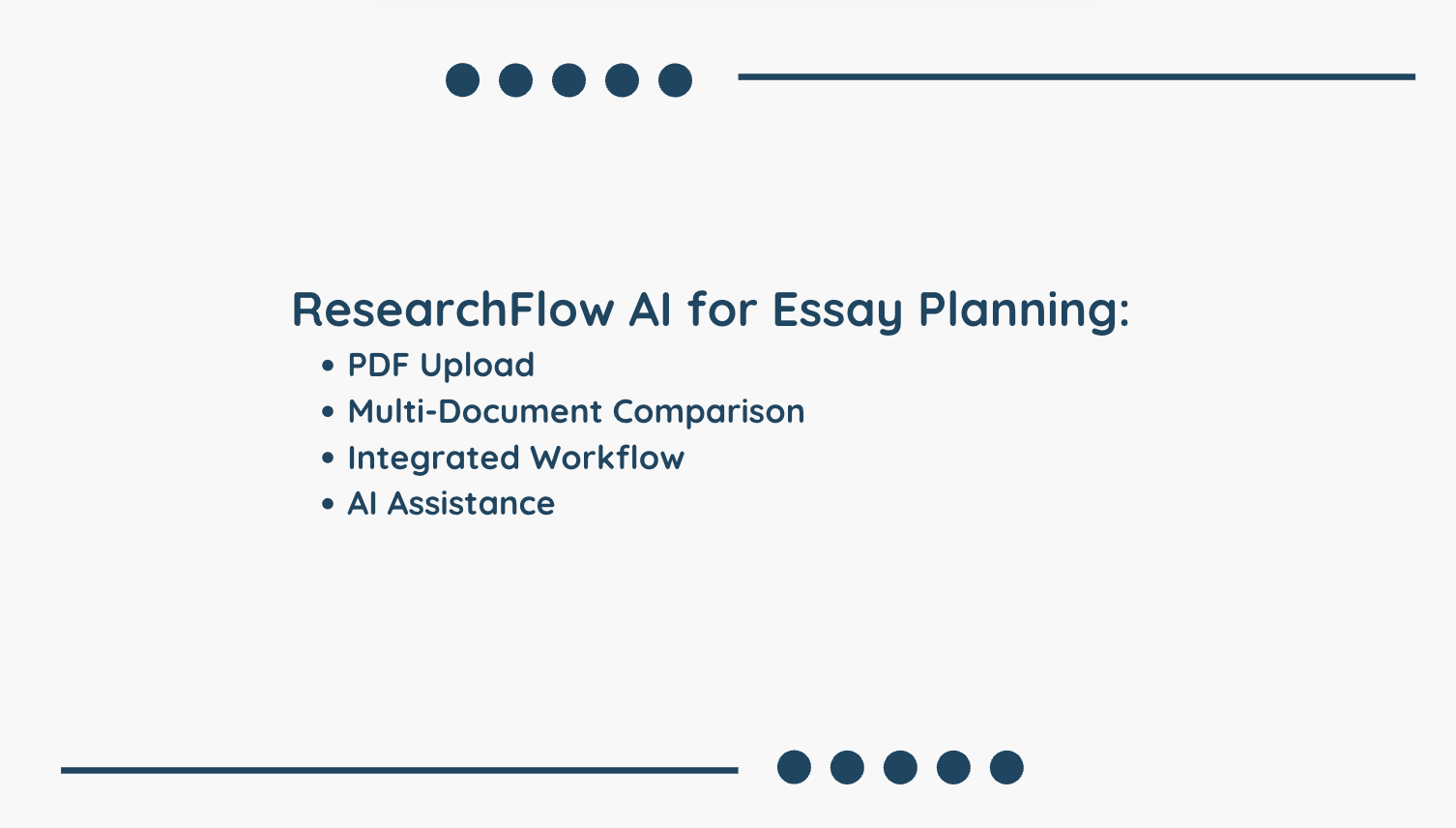
Have you ever stared at a blank page, unsure how to start your essay? I've been there too. That overwhelming feeling when ideas are jumbled in your head but won't organize themselves on paper is frustrating. Mind mapping for essays changed my writing process completely, and it can transform yours too.
Why Mind Maps Transform Essay Writing Success
Ever wonder why some students consistently produce well-structured essays while others struggle? The secret often lies in their planning approach. Mind maps provide a visual framework that helps your brain make connections naturally.

The Science Behind Mind Maps for Essay Organization
Our brains don't think linearly—they connect ideas through associations. Traditional outlines force linear thinking, while mind maps mirror how your brain naturally works. When you create a mind map for essay planning, you're engaging both hemispheres of your brain: the logical left side and the creative right side.
Research shows that visual learning tools like mind maps can improve information retention by up to 32% compared to traditional note-taking methods. This means your essay arguments stay stronger in your memory as you write.
Common Essay Writing Pain Points Solved by Mind Mapping
Most essay struggles come from disorganization and disconnected ideas. Mind mapping directly addresses these challenges:
Information overload: Mind maps filter and organize research visually
Poor argument flow: Connections between ideas become visually apparent
Weak thesis development: Central themes emerge naturally from branches
Writer's block: The visual nature triggers creative associations
Ponder's knowledge mapping takes this concept further by transforming complex research papers into interactive visual maps, making it 10x faster to extract and connect key ideas from multiple sources for your essay.
Essential Elements of Effective Essay Mind Maps
Not all mind maps are created equal. The best essay mind maps share certain critical components that maximize their effectiveness.
Core Components Every Essay Mind Map Should Include
Component | Purpose | Example for Argumentative Essay |
|---|---|---|
Central Theme | Your main thesis or essay question | "Should social media be regulated?" |
Primary Branches | Major arguments or sections | Pro arguments, counter-arguments, context |
Secondary Branches | Supporting evidence or sub-points | Studies, examples, expert opinions |
Connecting Lines | Show relationships between ideas | Cause-effect relationships, comparisons |
Visual Cues | Highlight importance or categories | Colors for different viewpoints, symbols for evidence types |
How to Structure Your Mind Map Based on Essay Type
Different essay types require adjustments to your mind mapping approach. For research papers, you'll want more branches dedicated to sources and methodology. For narrative essays, your branches might follow character development or plot points.
The key is maintaining flexibility while ensuring your central thesis remains the focal point. Ponder AI helps create structured knowledge maps tailored to your specific assignment type, ensuring you're organizing information in the most effective way possible for your particular essay.
Template #1: Argumentative Essay Mind Map Framework
Argumentative essays require a delicate balance of presenting your position while acknowledging opposing viewpoints. A well-designed mind map keeps these elements organized.
Organizing Persuasive Points Visually for Stronger Arguments
Start with your thesis in the center. Then create main branches for:
Your primary arguments (typically 3-4 major points)
Counter-arguments and rebuttals
Background/context information
Conclusion implications
From each main argument branch, extend smaller branches that contain:
Evidence (statistics, studies, examples)
Expert opinions
Logical reasoning
Emotional appeals
Step-by-Step Creation of an Argumentative Essay Mind Map
Write your thesis statement in the center circle
Draw 3-4 main branches for your strongest arguments
Create a separate branch for counter-arguments
Add secondary branches with supporting evidence
Use colors to distinguish types of evidence (facts vs. opinions)
Draw connections between related points across different branches
Ponder's multi-document comparison feature is particularly valuable here, as it helps you quickly identify contrasting viewpoints from different sources to strengthen your arguments and anticipate counter-points.
Template #2: Research Paper Mind Map Structure
Research papers demand meticulous organization of sources and methodologies. A research-focused mind map creates order from academic chaos.
Mapping Literature Reviews and Evidence for Academic Essays
For research papers, your mind map should emphasize source organization. Create main branches for:
"The most challenging aspect of research papers isn't finding information—it's organizing it meaningfully. A well-structured mind map transforms information overload into clarity, making connections visible that might otherwise remain hidden." - Dr. Sarah Chen, Education Researcher
Connecting Sources and Ideas Visually for Research Papers
When working with multiple academic sources, Ponder converts complex research papers into intuitive knowledge maps automatically. This deep research tool saves hours of manual organization, allowing you to focus on analysis rather than administrative tasks.
Create branches that group sources by:
Supporting similar arguments
Presenting contradictory findings
Methodology approaches
Publication timeframes
This visual organization makes pattern recognition easier, strengthening your paper's analytical foundation.
Template #3: Compare and Contrast Essay Mind Map Template
Compare and contrast essays benefit tremendously from visual organization, as they require parallel analysis of multiple subjects.
Visualizing Similarities and Differences Through Mind Mapping
The most effective compare/contrast mind maps use a split structure:
Central topic (what you're comparing)
Two main branches (Subject A and Subject B)
Sub-branches for comparison categories
Color-coding to highlight similarities and differences
For example, if comparing two literary works, your categories might include themes, characters, setting, and style. Under each category, create parallel branches for both works.
Effective Techniques for Balanced Comparison Structure
Ponder's side-by-side analysis enhances comparison essays by allowing you to visualize similarities and differences more clearly. The thinking workspace helps you organize points of comparison systematically, ensuring balanced coverage of both subjects.
Template #4: Narrative Essay Mind Map Design
Narrative essays tell stories, and mind maps excel at plotting narrative arcs and character development.
Plotting Character Development and Story Arcs Visually
For narrative essays, structure your mind map with these elements:
Center: Main theme or message
Primary branches:
Setting (time, place, atmosphere)
Characters (traits, motivations, growth)
Plot points (chronological events)
Conflicts (internal, external)
Resolution (lessons, changes)
Timeline Branching for Compelling Narrative Essays
Ponder helps organize creative elements alongside facts in narrative essays. Its flexible knowledge organization allows you to create branches that follow your story's timeline while maintaining connections to thematic elements.
Template #5: Descriptive Essay Mind Map Method
Descriptive essays paint pictures with words. Mind maps help organize sensory details and imagery for maximum impact.
Sensory Organization for Vivid Descriptive Writing
Structure your descriptive essay mind map around sensory experiences:
Center: Subject being described
Five main branches: Sight, Sound, Smell, Touch, Taste
Secondary branches: Specific descriptive elements for each sense
Tertiary branches: Emotions or reactions evoked by sensory details
This sensory-based organization ensures comprehensive, vivid descriptions that engage readers fully.
Creating Atmosphere and Imagery Through Structured Planning
Ponder enhances descriptive detail organization by helping you maintain connections between sensory elements and the emotions they evoke. This reading tool lets you map emotional responses alongside factual descriptions, creating more impactful writing.
Transforming Your Mind Map into a Polished Essay
Creating the mind map is just the beginning. The real magic happens when you transform that visual structure into flowing prose.
Converting Visual Ideas to Structured Paragraphs
Follow this process to convert your mind map to paragraphs:
Each main branch becomes a section of your essay
Secondary branches form individual paragraphs
Smaller branches provide supporting details within paragraphs
Connections between branches help create transitions
Using Your Mind Map During Writing and Revision
Keep your mind map visible as you write. It serves as both roadmap and checklist, ensuring you cover all planned points and maintain logical flow. During revision, refer back to the mind map to verify that your essay maintains the structure and connections you envisioned.
Ponder creates a seamless progression from mapping to final essay by allowing you to navigate between your knowledge map and writing space, maintaining context and connections throughout the writing process.
Mind Mapping Tools and Techniques for Essay Excellence
While pen and paper work for basic mind maps, digital tools offer significant advantages for essay planning.
Digital vs. Traditional Mind Mapping Methods for Essays
Digital mind mapping tools provide:
Unlimited space for complex topics
Easy editing and reorganization
File storage and sharing capabilities
Integration with research materials
How Ponder AI Revolutionizes Essay Planning
Ponder's AI-powered research workspace transforms essay planning through:
One-click PDF upload to turn research papers into structured knowledge maps
Multi-document comparison to quickly identify connections and contradictions
Integrated workflow combining search, reading, note-taking, and questioning
AI assistance trained on 200M+ academic papers for accurate insights
Conclusion: Elevate Your Essay Writing with Strategic Mind Mapping
Mind mapping transforms essay writing from a linear, often frustrating process into an organic, visual exploration of ideas. The five templates we've explored—argumentative, research, compare/contrast, narrative, and descriptive—provide frameworks for any assignment type.
By incorporating mind mapping into your essay preparation, you'll produce more cohesive, thoughtful, and well-structured writing. And with tools like Ponder AI, the process becomes even more powerful, enabling faster comprehension and deeper connections between complex ideas.
Ready to transform your essay writing process? Try implementing these mind map templates for your next assignment and experience the difference visual thinking can make.

